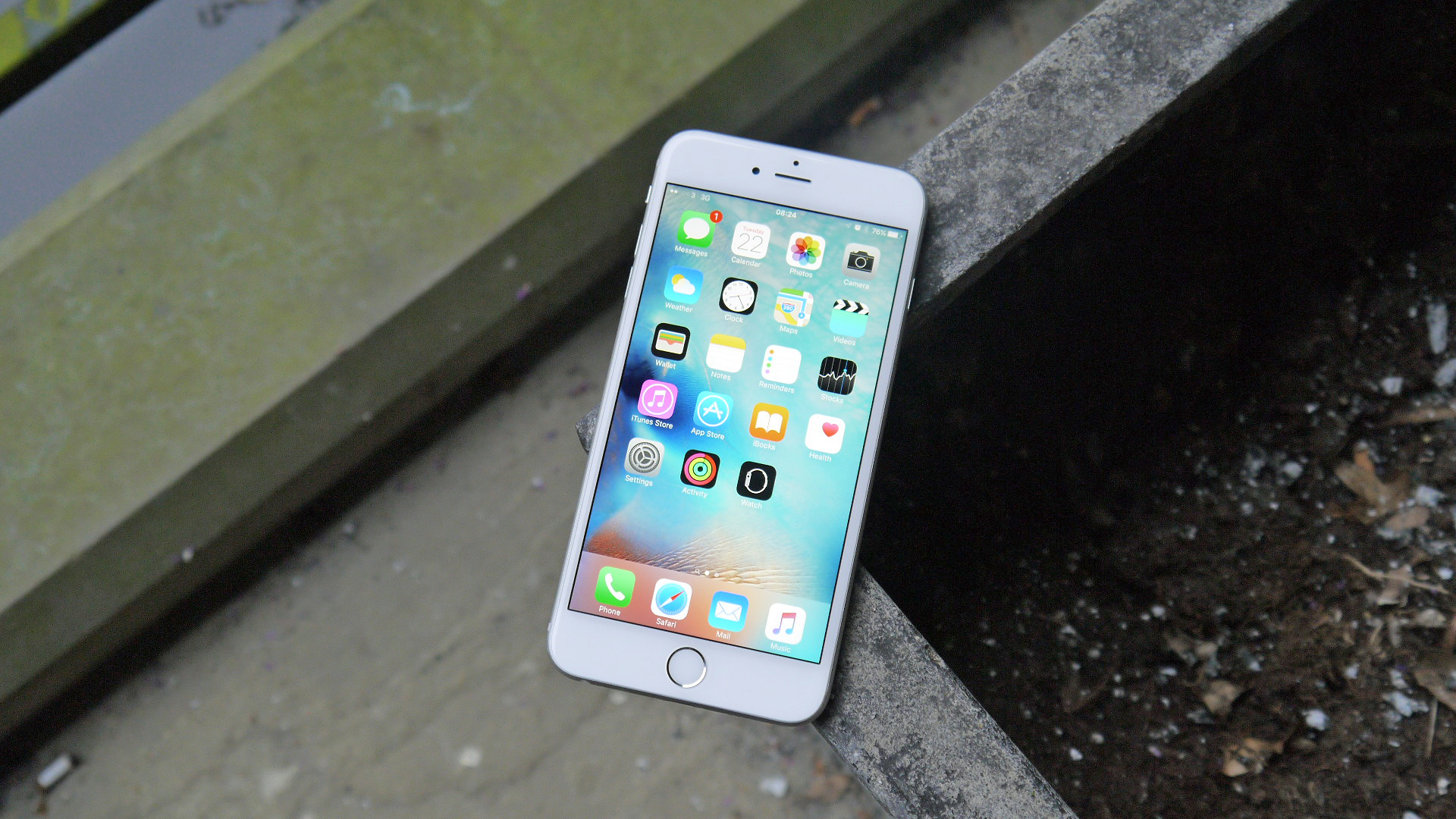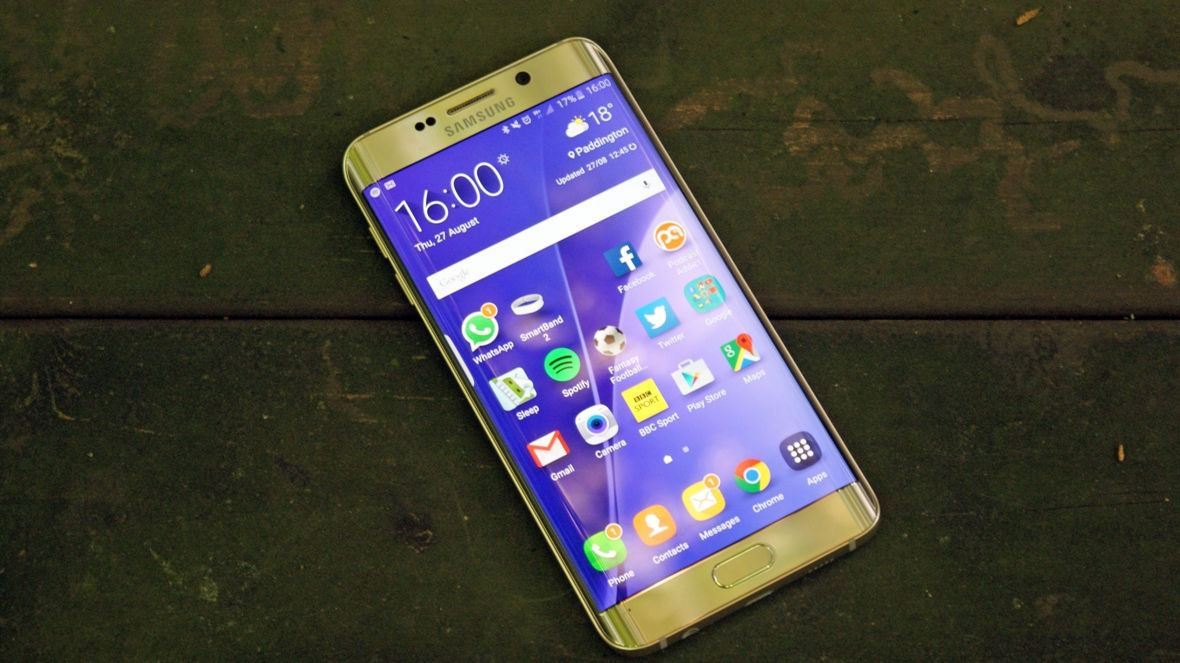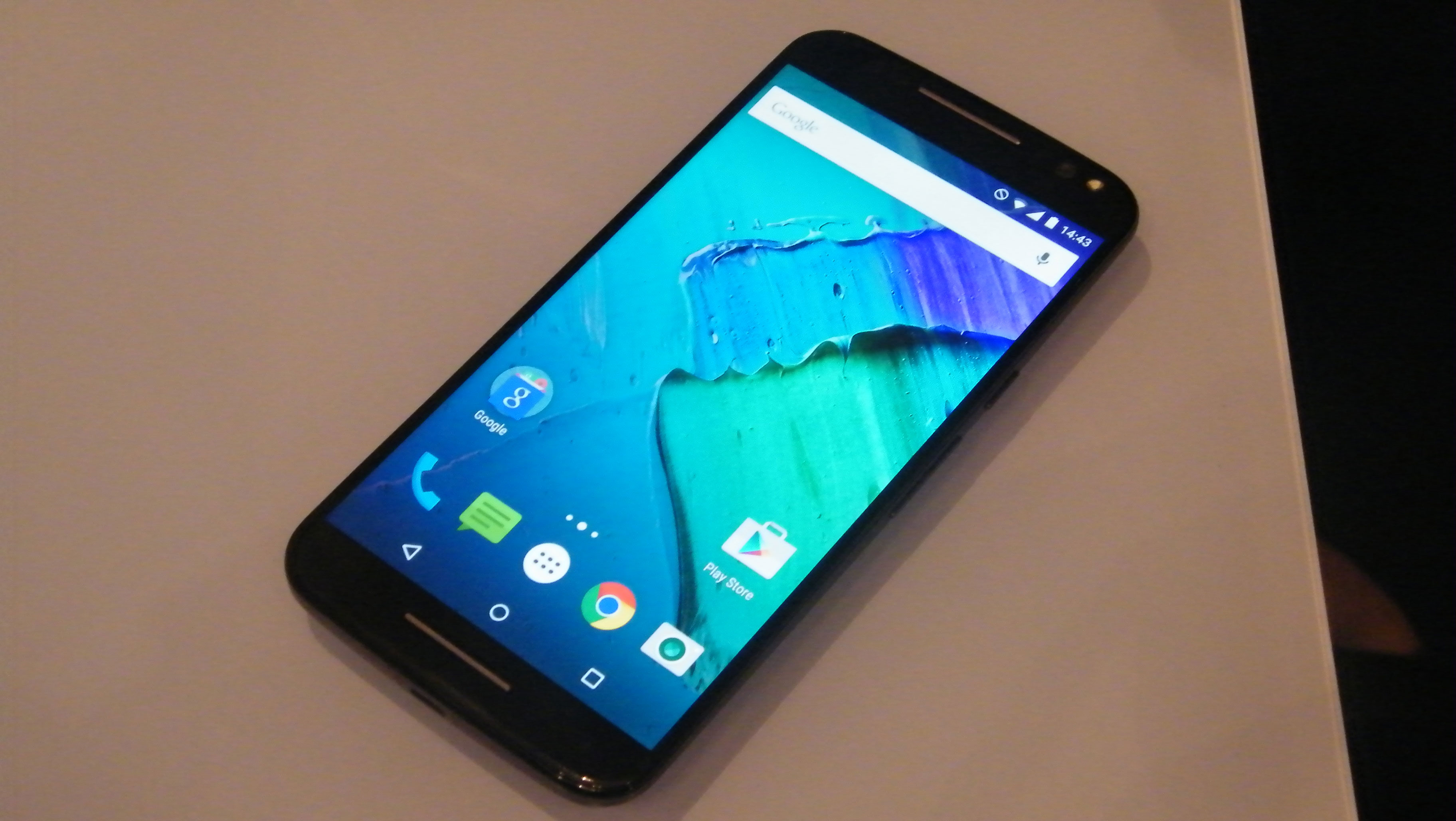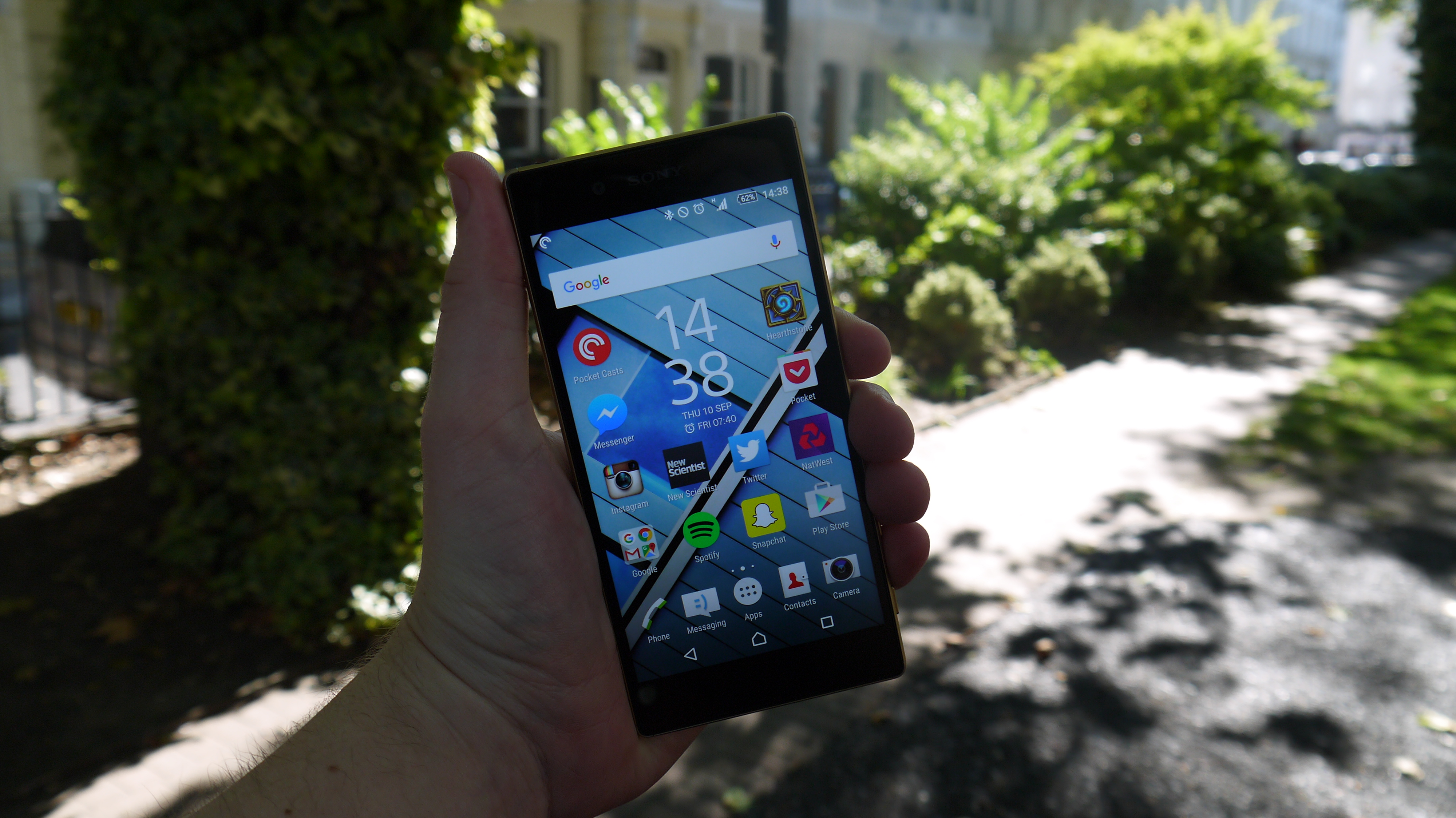Why you can trust TechRadar
Samsung Galaxy S6

The Samsung Galaxy S6 is almost identical to the S6 Edge. The main difference is the screen, as the S6 has a standard 5.1-inch QHD panel, but it also has a slightly smaller 2550mAh battery and a lower price tag.
You don't get the edge screen features from the S6 Edge here, because there's no screen for them to be on, but that's not exactly much of a loss.
The Galaxy S6 has a great screen, the same excellent camera and matching powerful innards for a well rounded smartphone experience.
Like the S6 Edge though battery life is a let down and there's no microSD slot or removable battery.
- Read our in-depth Samsung Galaxy S6 review
iPhone 6S Plus

Apple has just released its second ever phablet, and it's much the same as the first. This is just slightly larger in terms of dimensions than the Galaxy S6 Edge, but the two handsets both have lofty price tags in common.
On paper the Galaxy S6 Edge has the 6S Plus beat with a better, higher resolution display, more powerful rear camera and a whole load of power under the hood.
Where the iPhone comes into its own though is the iOS interface, which is simple and straightforward - it's certainly less confusing than TouchWiz. Samsung isn't the only one with an innovative screen tech either - the iPhone 6S Plus comes with a new technology called 3D Touch that means you get different functionality depending on how hard you press the screen.
Sign up for breaking news, reviews, opinion, top tech deals, and more.
Both handsets offer beautiful design and while the S6 Edge has a few gimmicks thrown in for good measure, the iPhone 6S Plus keeps things on the straight and narrow giving you the features you need and making them work seamlessly.
- Read our in-depth iPhone 6S Plus review
LG G Flex 2

Samsung isn't the only company experimenting with curved smartphone displays, and the LG G Flex 2 is the second generation handset from its Korean rival.
The G Flex 2 is big and brash, and it curves in the opposite direction to the S6 Edge giving it more of a banana phone look.
A flexible full HD 5.5-inch display dominates the front of the Flex 2, while a self healing rear gives it some impressive Wolverine style appeal.
The Galaxy S6 Edge hasn't been made to bend and flex like the LG, so in that regard the two handsets are quite different - but one thing is for sure, curved screens are here to stay.
- Read our LG G Flex 2 review
Samsung Galaxy S6 Edge+

Samsung has now released an even bigger version of the Galaxy S6 Edge – the Galaxy S6 Edge+.
There's not much of a change here though – it's essentially a bigger version of the same phone in this review. This time there's a 5.7-inch display with curved edges on both sides of the phone again.
It looks great but it may be a bit of an issue if you're got smaller hands. Under the hood it's the same set up as we've seen on the Galaxy S6 Edge, apart from a new 3,000mAh battery.
You'll want one of these if you're a bit disappointed in the screen size of the Galaxy S6 Edge but it's going to cost you a little bit more than the normal version.
- Read our Samsung Galaxy S6 Edge+ review
Moto X Style

Motorola's latest flagship price comes at a much lower price than the Galaxy S6 Edge. Prices start at US$399.99 or £360 (around AU$545) for the lowest storage versions. It's a fully customizable handset that looks quite like the Nexus 6, but this includes a 5.5-inch 2K display and a super-fast charging battery.
It has a curved back much like the Nexus 6, but you can choose what colour of material you'd like it to be in. The Moto Maker tool on the Motorola website allows you to change the look including the colour of your phones rear as well. You don't get that with the Galaxy S6 Edge.
The front display is beautiful to look at and while it's not curved like the Galaxy S6 Edge, it is quite a bit bigger with a fantastic screen to body ratio.
- Read our review of the Motorola Moto X Style
Sony Xperia Z5

Sony's latest phone is a big step in the right direction for the company, but it isn't anywhere near as exciting as what Samsung did with the Galaxy S6 Edge.
The Xperia Z5 comes with a 5.2-inch Full HD display, but there's no curved edges here. If you want exciting screen tech you'll want the Xperia Z5 Premium instead.
But this is a premium smartphone that looks great to hold and has a surprisingly good fingerprint sensor sitting flush with the side of the phone. It also has a stronger battery life than the Galaxy S6 Edge does so if you're after long lasting power this might be a good choice for you.
The Xperia Z5 is going to cost you a similar amount of money to the Galaxy S6 Edge so it's certainly worth considering. If you're looking for a truly exciting phone though, go for the Galaxy S6 Edge.
LG G4

LG has just announced its successor to the popular G3 in the form of, you guessed it, the G4 - and it puts up a good fight against the Galaxy S6 Edge.
LG has followed Samsung's suit and focused its efforts on the design of the G4 but opted for something a little different with a leather back on certain handsets.
The front features a cracking 5.5-inch display with a pixel resolution of 1440 x 2560 equalling 538 pixels-per-inch. The LG G4 has an impressive camera set up too with a 16MP sensor and more camera modes than you could shake a selfie stick at.
Under the hood sits a Qualcomm Snapdragon 808 processor with 3GB of RAM, 32GB of internal storage and microSD support up to 128GB. Plus despite earlier reports it wouldn't, the G4 even comes with QuickCharge technology for its 3000mAh battery.
- Be sure to read our review of the LG G4

TechRadar's former Global Managing Editor, John has been a technology journalist for more than a decade, and over the years has built up a vast knowledge of the tech industry. He’s interviewed CEOs from some of the world’s biggest tech firms, visited their HQs, and appeared on live TV and radio, including Sky News, BBC News, BBC World News, Al Jazeera, LBC, and BBC Radio 4.
